The Effect of Covid on Paddlesports
With nobody being able to get inventory, the model of selling a million items and making a dollar apiece is a losing model right now. So the one good thing is that it’s really evened the playing field to where prices haven’t been a huge issue. —Brian DeFouw, Confluence Ski and Paddle, Denver, Colorado

Our store is 10,000 square feet and we didn’t have one boat on the shelf. We didn’t have one paddle. We didn’t have one PFD. Everything was gone. —Kelly McDowell, The Complete Paddler, Toronto, Ontario
Our hope is the influx of Covid-related new paddlers breeds a future generation of enthusiasts. While we hear of many companies pulling back their programming and marketing efforts because there’s little current need for promotion, we feel like this is the time to keep our foot on the gas. —Tom Stewart, General Manager, Aquabatics Edmonton, Edmonton, Alberta

The customer buying process has changed in ways that will certainly outlive the pandemic.The digital experience is more important now than ever before. Brands and dealers must work together to make sure customers have a content-rich, authentic and community-informed brand experience on their digital device, even after the world has fully reopened. —Scott Holley, President, Eddyline Kayaks, Burlington, Washington
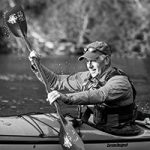
What’s in the box?
The consumer who walks into the big box and says, “Hey, there’s a $179 kayak. I’m already here buying a jockstrap and a basketball, so why not?” Those are the people who end up saying they hate kayaking, because they tried it once and it was terrible. —Dave Lindo, OKC Kayak, Oklahoma City
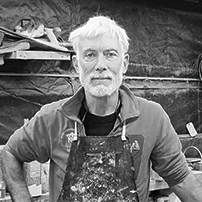
“The most expensive boat is the $300 boat you paddle once. Because it’s not how much the boat costs, it’s dollars per paddle. So the better the boat—the more comfortable and lighter and suited to what you want to do—the cheaper the boat is going to be over time.”—Darren Bush, Rutabaga Paddlesports, Madison, Wisconsin
Selling through big box is a double-edged sword. Getting in front of the customer is good, though I’d suggest the race to the bottom with pricing is the long-term problem. —Morgan Goldie, North Water, Vancouver, British Columbia
Retail versus online
We price-match the online retailers and it’s still not enough. We’re the same price or cheaper, we have a longer warranty and we gave you all this great service. But at the end of the day, people still feel like they’ve won somehow by not buying at the brick and mortar. —Dave Lindo, OKC Kayak, Oklahoma City
On trade shows
Trade shows have traditionally been about the manufactures communicating and working with retailers. They are now a sold-out joke focusing on anything and everything except that relationship. —Brian DeFouw, Confluence Kayak and Ski, Denver, Colorado
We should have a code of ethics around booth size and cost. The idea that we go to these trade shows and build McMansions—I mean, we’re talking about spending a quarter million dollars on a booth—is absolutely pointless. I cannot think of a stupider thing for the outdoor industry to do. —John Weld, Immersion Research, Confluence, Pennsylvania

The pandemic has made me think every other year is a good balance between in-person trade shows and online interaction and in person interaction. The savings of time and money are too important to ignore with online interactions as a viable option. —Morten Fogh, Owner, Fogh Marine, Toronto, Ontario
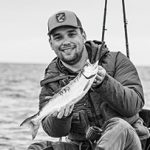
together at shows, on the water, and otherwise can’t be forgotten. I am very excited to connect with people and share an experience in person again.—Alex Sherbinow, Marketing Manager, Johnson Outdoors Watercraft, Old Town, Maine
We’ve found good old-fashioned phone calls to potential partners to be just as effective as trade shows. Granted, there is something to be said for in-person relationship building, as well as the ability to show and tell new products, but is it worth the price of exhibiting at a show? I’m not so sure. —Meg McCall, Founder & CEO, Angle Oar, San Luis Obispo, California
In the past, trade shows were the place to be in order to generate brand awareness and meet and greet retailers and media. Now, with direct to consumer digital marketing, most of the awareness and consumer activation can be done much quicker and easier online, meeting the consumer where they live. I think the key moving forward is understanding the value-add of a physical show and how to digitize the event to leverage it with the consumer. —Corey Cooper, CEO, BOTE, Destin, Florida
Covid and the future

I’m looking at the Covid boom in the most optimistic way. I remember an America when I was growing up in the ‘70s and ‘80s, that as a country had a very different relation with the outdoors. People just did stuff outdoors on weekends—canoeing, hiking, backpacking. We’re thinking again about outdoor recreation as a part of our culture, which is something I thought was gone forever, but maybe not.—John Weld, Immersion Research, Confluence, Pennsylvania
The biggest change in the specialty retail game?
Coming up with ways to compete with larger retailers online. This has been an eight-plus year project, and using a content marketing strategy we are really starting to compete with larger retailers that have much bigger marketing budgets. —Simon Coward, Aquabatics Calgary, Calgary, Alberta
Lack of business-wide innovation by legacy brands on sales channel and product approach. This has opened the door for disruptor and
challenger brands who can ride coattails on product design, source cheap manufacturing, and focus all efforts on performance marketing
to convert direct to consumer. The industry should embrace it and change. Evolve or die.—Corey Cooper, CEO, BOTE, Destin, Florida
One innovative way your business adjusted to Covid inventory shortages?
In 2020, we repurposed our large rental fleet to be a pre-buy loaner program. It allowed us to presell boats that were not going to be available until late season, and get consumers a boat to use for the season. This closed a lot of boat sales for us and has become a rewarding talking point for customers who benefited from this flexibility. —Simon Coward, Aquabatics Calgary, Calgary, Alberta
We raised prices slightly and stopped all discounts until I can get product. —Rick Pasturczak, Alpine Accessories, Lake in the Hills, Illinois
Pro deals, good or evil?
As long as pro deals are kept strictly for industry staff and ambassadors they work great. The problem comes when they are made available to people on the fringes who are not actively involved in growing paddlesports or selling products. This devalues pro deal programs and undercuts retail store revenues. The perfect pro deal program would look similar to what many brands have now, just on a shorter leash. —Simon Coward, Aquabatics Calgary, Calgary, Alberta

Bad. Everyone knows if you are a real pro you have connections for deals. Pro deals are for fake pros and posers and do not benefit a manufacturer or retailer. —Brian DeFouw, Confluence Kayak and Ski, Denver, Colorado

Wild Cards
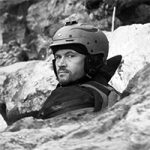
How do we help new kayak owners to understand weather and kayak safety? For example, many people associate flatwater with safe conditions and waves with dangerous conditions, but flatwater can be very dangerous with a strong offshore breeze. —Morten Fogh, Owner, Fogh Marine, Toronto, Ontario

As a specialty retailer, my joke with vendors is “I’m the low-volume, high-maintenance guy that you have to deal with.” But what I bring to the table is authenticity. People come into our store to see what good products look like. —Todd Frank, The Trail Head and Trail Head River Sports, Missoula, Montana

The next game-changing innovation in paddlesports is _______?

Local resources for the family day trip. —Amy Isaikina, Harvest Foodworks, Frankville, Ontario
Shipping boats on time? —Brian DeFouw, Confluence Ski and Paddle, Denver, Colorado
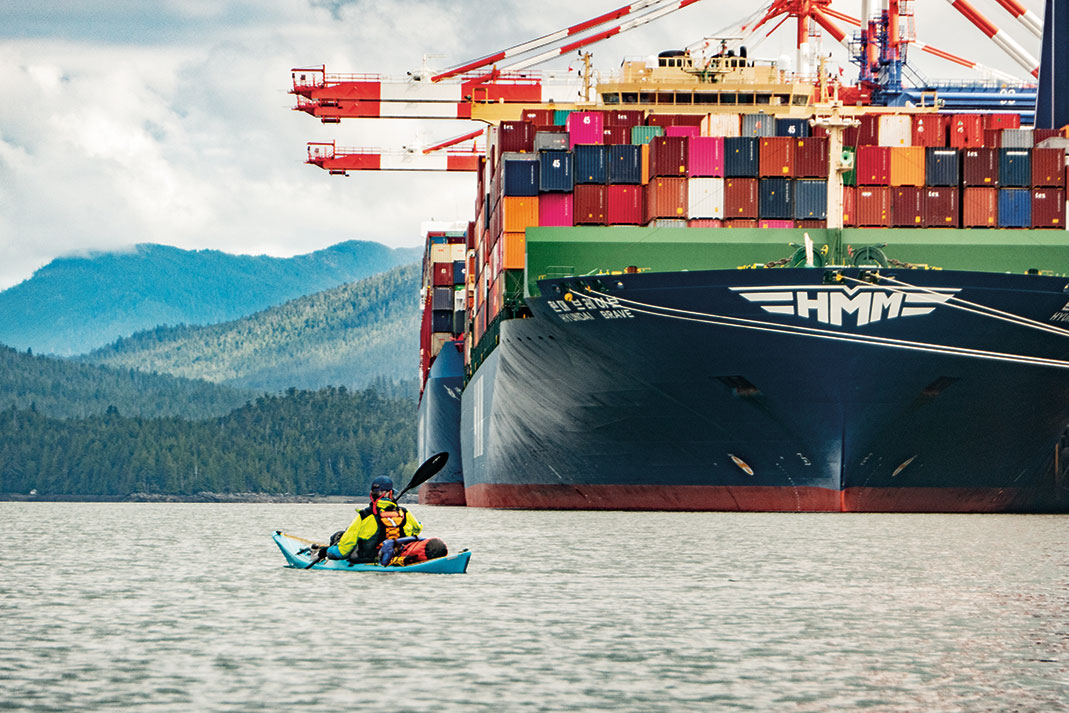
What is the biggest challenge facing your business today?
Shipping costs, especially globally. —Meg McCall, Founder & CEO, Angle Oar, San Luis Obispo, California
Has it been harder to get and keep staff in the Covid era?
We outsource most services and operate online only. The future is now. —Julian Kidd, Owner, Green Water Sports, Miami, Florida
Has consolidation caused paddlesports to lose its soul?

We’ve seen private equity come in and decimate
a brand, all in the name of dollar signs, but we’ve also seen the opposite—brands are rejuvenated and their spirit and passion continues on. If the right brands are consolidated by the right buyers, we expect the sport to benefit as a whole. —Julian Kidd, Owner, Green Water Sports, Miami, Florida
One thing you learned about retail at the start of your career that holds true today.

Retailers are at the heart of the success for any brand.There’s a lot that can be communicated digitally, but the personal service and expertise of a local shop employee is invaluable. —Alex Sherbinow, Marketing Manager, Johnson Outdoors Watercraft, Old Town, Maine
. . . and one piece of industry wisdom that no longer holds true?

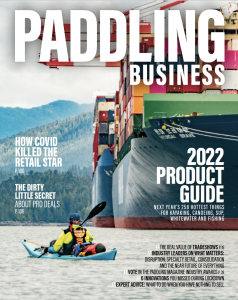
Supply chain disruptions left few businesses untouched during the 2020 and 2021 seasons. | Photo: Frank Wolf





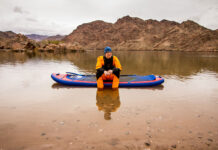
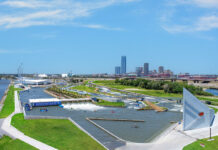

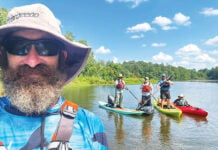


What a bunch of blow hards! Only 2 women? You know who paddlers trust for purchase advice? Other paddlers. The internet delivers the hard to transport purchase, does for the customer the one thing they must do themself over and over again to use the item. Trip leaders get asked all the time, what to buy, what to use for what kind of trip, where to buy, how to load, store, where to paddle. We don’t make a dime doing it. You guys need information written by trip leaders.